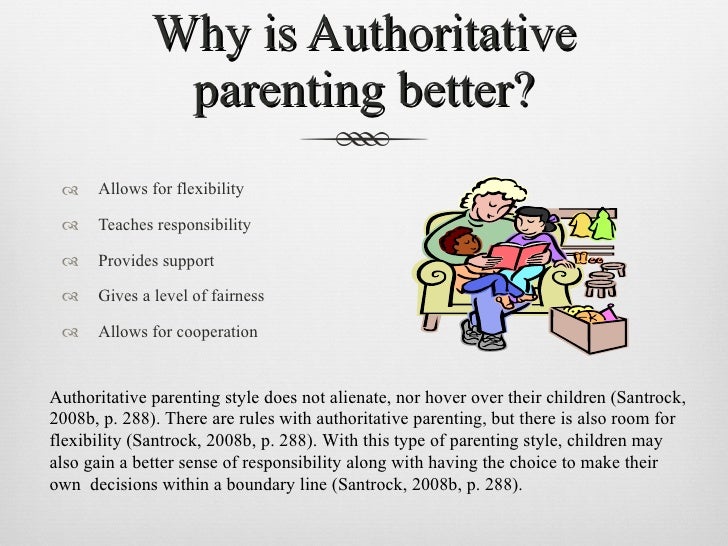 |
| Lego experiential learning - Transport system |
In the by-lanes of Hazra road & Townshed road crossing in Kolkata, I was standing in-front of a non-descriptive building. On it's second floor,
Anna Butenko an educator of Ukrainian origin is experimenting with a
BIG IDEA - teaching young children through play, build & discovery.
Anna Butenko a passionate educator with international exposure in teaching, who has worked extensively in practicing novel concepts of teaching for young children. She wears several hats, graduate in Mandarin (Chinese language), practicised Helen Doron concept of teaching in Shanghai, China & now settled in Kolkata, she is trying to introduce contemporary international teaching methodology by partnering with
LEGO Education.
Little ArKidtects, is one & only such educational institution for young children, in whole of Kolkata. Though Lego Education, is a very well established teaching methodology in Europe & US, it is in it's early days in India. Currently, there are few centers in Chennai, Bangalore & New Delhi.
I had set an appointment with Anna during the schooling hours, so that I could have a first hand experience of teaching with LEGO Bricks. When I arrived the class was in progress, I took a corner seat in the visually appealing, bright & colourful classroom.
What caught my immediate attention, was Anna & her fellow teacher Sukanya's, undivided attention towards the children. They were so engrossed all through out the session - bringing up flashcards, engaging the children in dialogue, exchanging ideas, involving them in reflection, allowing space & time for experiential learning, building on the child's self-esteem & self-confidence, pacing their instructions to match the child's skill level.
What was even more heartwarming to see, was the level of engagement in the children. All through the one hour long session, they were equally engrossed with a spark in their innocent eyes. It was a testimonial for me, to observe how teaching through play, transforms the entire educational experience. There was not an iota of stress on the children's faces, they were gleefully engaged, intrinsically motivated, exploring & experiencing by themselves, they lost track of time & were in a flow.
The class decor was thoughtfully done - colourful bright walls, minimal furniture to leave enough space for the child to explore & build concept LEGO models, placards & pictures elaborating new concepts all over the place to be appealing for the curious minds. The space greets the children with so much of freshness, positivism & it provides them the much needed opportunity to step out of the daily grind of books & theories, into the world of play, build & discover.
We had set aside time for detailed conversation, during Anna's one hour break before getting into the next session. Over the course of this one hour conversation, she passionately shared with me her thoughts on education, her affinity towards Lego Education as a teaching methodology, her experience as an educator over these years across geographic locations - Ukraine, China & presently India.
She got introduced to LEGO Education during her teaching years in Shanghai, China. Her school used to cooperate with LEGO Education centre in organising workshops for children. These workshops gave Anna first hand exposure to the trans-formative power of LEGO educational resources, which transformed the traditional learning process into innovative hands on experience for children. She has also observed this phenomenon in close quarters in her own family. Back in her hometown Kiev, Ukraine, her nephew, who is just four & half years of age exhibits creativity, problem solving ability, conceptual understanding & perseverance, comparatively much higher than her niece, ten years of age. Her sister-in-law, attributes this phenomenon to his exposure to Lego education since an early age, which wasn't the case with her elder sister. These personal experiences, got her deeply curious about Lego Education. She went on to do a thorough online search for materials related to LEGO education, got connected to practicing LEGO educators & she ordered a Lego tool kit for herself, all the way from Denmark. She experimented with LEGO tool kit over a period in time, to evaluate it's merits by herself.
"It was very important for me to get convinced about this teaching methodology, as I won't do justice by recommending something which I haven't tried out myself".
With a twinkle in her eyes, Anna was recollecting her childhood days in Ukraine. She still vividly remembers, the Kinder Joy chocolates inside which there would be few building blocks. It used to be one of her favourite play time, she & her sister would build models with them. She says,
"how I wish there was something like Lego bricks during my childhood days, I would have spend hours together in this conceptual & imaginative play".
Eloquently she quoted,
Benjamin Franklin - "Tell me & I forget, teach me & I may remember, involve me & I learn". This is what Lego Education, is all about, it involves the child in this playful learning activities, it's hands on, it's experiential, it's is stepping out of bookish learning into the real world practical learning.
Anna & her team, picks up an exciting themes ranging from animals to transport, space to super heroes & involves the children in constructing models.
Little ArKidtects teaching methodology is as follows:
- Lego Brick Building,
- Story Telling,
- Role Play,
- Props & Songs,
- Experimentation & Exploration.
"When children construct things with hands - they simultaneously construct knowledge in head".
Anna, passionately explained
Why hands-on learning matters?
- Hands-on learning is real learning - When students building a bridge with LEGO bricks, they are dealing with concepts in the real world rather than in a book or a pencil & paper problem. They are acquiring knowledge through experience rather than abstraction.
- Hands-on learning fosters creativity - Creativity has been named a 21st century skill & a key contributor to workplace success. Unsurprisingly, research confirms a direct link between hands-on learning & creativity. Drawing, building, sewing & other forms of hands-on activity give children endless opportunities to discover their own creativity.
- Hands-on learning keeps children focused - Reading a book or listening to a lecture can be a challenge even for the most focused student. Building with bricks is one of the most engaging, effective techniques that can help students stay focused & learn better.
- Hands-on learning encourages failure - We are raising generation who doesn't know how it's like to fall. Failure teaches the importance of perseverance & hard work. When students build an unsuccessful model of pulley, for example, they not only see engineering principles in action, but also learn the failure plays the central role in the design process. They learn to ask questions like 'what went wrong?', 'what can I do differently next time?' & 'how can I make it better?'.
- Hands-on learning supports common core - The common core is about creating, testing & refining knowledge & there's no better way than hands-on learning to do it.
- Hands-on learning inspires teamwork - Collaboration another one of crucial 21st century skills. Whether children are completing a group projects or an individual task, they are asking questions of one another, sharing thoughts & ideas. This kind of communication leads to natural conversations about team work & the best way to collaborate. They learn how to work together & understand the roles best played on a team.
- Hands-on learning is fun - Learning by doing starts with a few basic supplies & a question that invites exploration. "What would happen if...?" "How can we solve this problem?" All these questions trigger children's curiosity & desire to explore, all while having heaps of fun.
- Hands-on learning develops logical & critical thinking - When the children are working conceptually, they encounter real time problems which challenges their problem solving abilities.Through this process, their logical & critical thinking skills are harnessed & it undergoes progressive development.
Anna, also emphasised on how LEGO Education can help educate the whole child:
- Creative development: Children plan & design projects, create models, structures, mosaics based on their imagination.
- Social development: Speaking, listening, team work, role play, story telling.
- Cognitive development: Developing problem solving, logical & critical thinking skills through maths & science activities.
- Physical development: Gross motor skills, hand-eye coordination.
- Understanding the world: Children explore how things work in the world through experimentation. Bricks, figures & other resources allow children to think creatively & express their views as they work together to construct their world.
Currently, Little ArKidtects are offering programs for children 2 to 7 years of age:
- 2-3 years old - My World
- 3-4 years old - Little Explorers
- 4-5 years old - Young Learners
- 5 -7 years old - Creative Architects
All these programs, encompasses key learning areas such as
Math & Science, Creativity & Imagination, Story Telling, Early Engineering & Social studies.
She is thinking of introducing
Robotics as a program for older children. But she does not want to rush through it, as she would like to experiment it first, experience it by herself before introducing it for the students.
It's been quite an achievement, she being the only LEGO Educator & Little ArKidtects being the only LEGO educational center in whole of Kolkata. In fact, she & her institute are among the very few pioneering educators & institute in whole of India. But it hasn't been an easy ride & the road ahead through the educational landscape, continues to be a challenging one. In Anna's words,
"For elders (parents/guardians) to see value in learning through play, is a mind shift change". In all her demonstration sessions, she & her team puts on the hat of an educational counselor, counseling the elders on the merits & long lasting value of learning through play & experiential learning. Since the concept is new, it requires sustained efforts in reaching out to the larger community, which resides outside the classroom. For now, she is all set wearing the hat of an Change Agent, on this exciting journey of bringing about a change in the teaching methodology from route learning to playful experiential learning for children.
Related Links:
www.facebook.com/littlearkidtectsindia (email: littlearkidtects@gmail.com)
https://www.facebook.com/LEGOEducationIndia/
https://education.lego.com/en-us
http://juniorfirstlegoleagueindia.org/blog/


























































































